Home>Furniture & Design>Bathroom Accessories>Why Is My Bidet Not Spraying
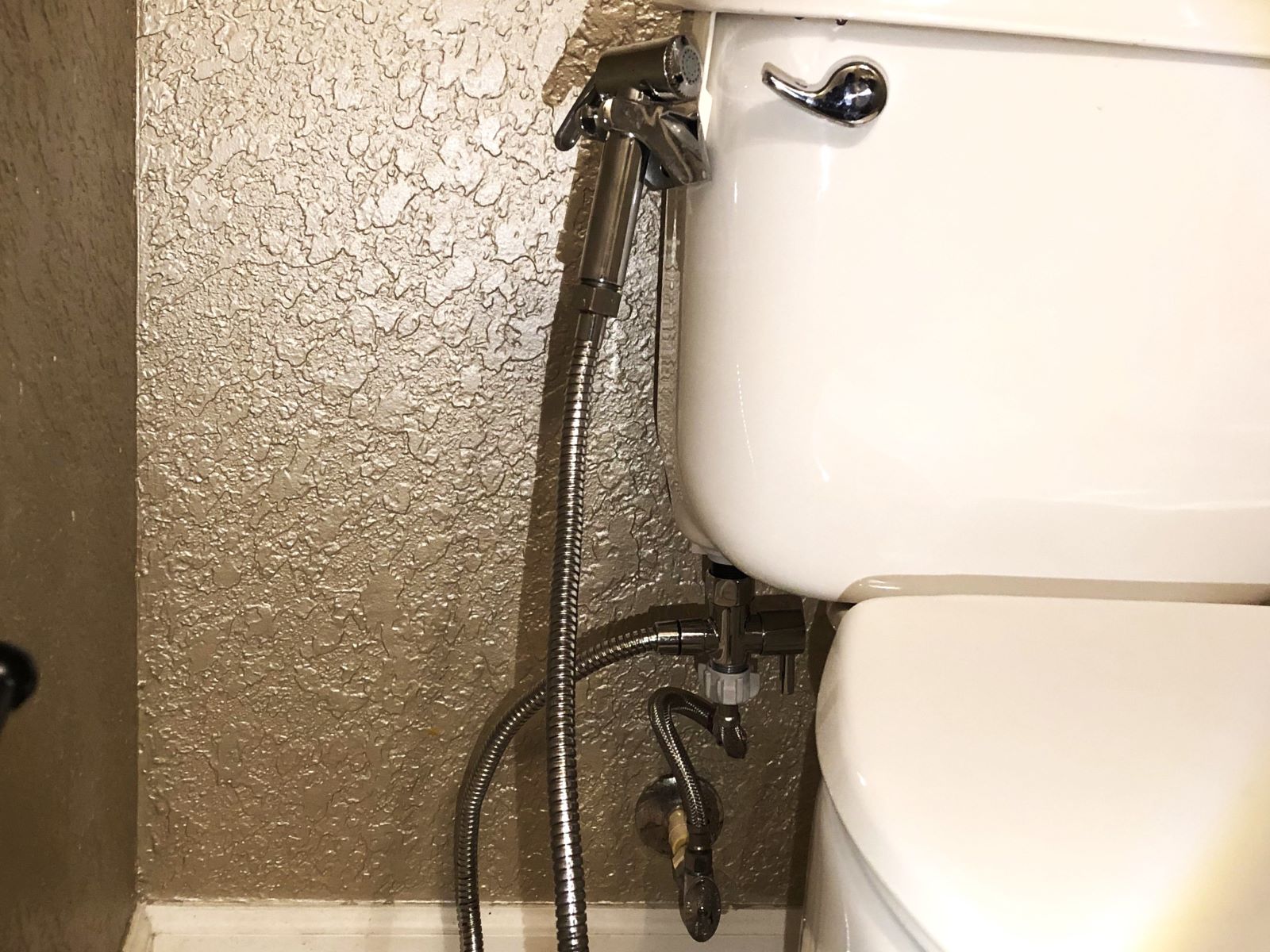

Bathroom Accessories
Why Is My Bidet Not Spraying
Modified: February 18, 2024
Discover common reasons why your bidet may not be spraying and how to troubleshoot the issue. Find solutions for bathroom accessories at [Your Website Name].
(Many of the links in this article redirect to a specific reviewed product. Your purchase of these products through affiliate links helps to generate commission for Storables.com, at no extra cost. Learn more)
Common Bidet Spraying Issues
When it comes to bidet functionality, encountering spraying issues can be quite frustrating. Whether you're a bidet newbie or a seasoned user, it's essential to understand the common problems that may arise with bidet sprayers. By familiarizing yourself with these issues, you can troubleshoot effectively and ensure a refreshing and reliable bidet experience.
-
No Water Spray: One of the most common bidet spraying issues is the absence of water spray when activating the bidet. This can be attributed to various factors, such as water supply issues, clogged nozzles, or electrical malfunctions.
-
Weak Water Pressure: If the water spray feels weak or insufficient, it can diminish the effectiveness of the bidet. Weak water pressure may stem from mineral buildup in the nozzle, low water pressure from the supply line, or a malfunctioning water pump.
-
Irregular Spray Patterns: Another prevalent issue is irregular spray patterns, where the water stream may be inconsistent or misdirected. This can be caused by nozzle blockages, misaligned nozzles, or internal components requiring adjustment.
-
Unwanted Water Leakage: Leakage around the bidet area can be a bothersome problem. Whether it's water seeping from the nozzle or a faulty connection, addressing this issue is crucial to prevent water damage and maintain a hygienic environment.
-
Unresponsive Controls: In some cases, bidet controls may become unresponsive, making it challenging to adjust the spray settings or turn off the bidet. This can be attributed to electrical issues, control panel malfunctions, or sensor-related problems.
Understanding these common bidet spraying issues empowers users to take proactive measures in resolving them. By identifying the specific problem at hand, whether it's related to water supply, nozzle functionality, or electrical components, users can effectively troubleshoot and restore their bidet's optimal performance. In the following sections, we will delve into detailed troubleshooting steps for addressing these issues, ensuring a seamless and refreshing bidet experience.
Key Takeaways:
- Keep your bidet spraying smoothly by checking water supply, cleaning nozzles and filters, adjusting water pressure, and troubleshooting electrical components. Enjoy a refreshing and reliable bidet experience!
- Bidet spraying issues like irregular patterns and unresponsive controls can be resolved by understanding common problems and taking proactive measures. Troubleshoot effectively for a seamless bidet experience.
Read more: How To Use Bidet Spray
Checking Water Supply
Ensuring a consistent and reliable water supply is fundamental to resolving bidet spraying issues. When encountering problems with the water spray, the first step is to meticulously examine the water supply to identify and address any potential issues. Here's a comprehensive guide to checking the water supply for your bidet:
1. Water Valve Inspection
Begin by inspecting the water valve connected to the bidet. Ensure that the valve is fully open to allow an uninterrupted flow of water to the bidet system. If the valve is partially closed or obstructed, it can significantly impact the water pressure and overall functionality of the bidet sprayer.
2. Water Pressure Assessment
Evaluate the water pressure from the supply line feeding into the bidet. Inadequate water pressure can lead to weak or inconsistent spraying, affecting the bidet's performance. Use a pressure gauge to measure the water pressure and compare it to the recommended pressure range specified by the bidet manufacturer. If the pressure falls below the optimal range, it may be necessary to address any underlying issues with the water supply system.
3. Water Filter Examination
Many bidet systems are equipped with water filters to prevent mineral buildup and debris from affecting the nozzles and internal components. Check the water filter for any signs of clogging or sediment accumulation. If the filter is dirty or obstructed, clean or replace it according to the manufacturer's guidelines to ensure a steady and unobstructed water flow.
Read more: How To Install Bidet Spray
4. Pipe and Hose Inspection
Inspect the water pipes and hoses connected to the bidet for any signs of damage, kinks, or blockages. Ensure that the pipes are securely connected and free from leaks. Any irregularities in the pipes or hoses can impede the water flow and lead to spraying issues. Address any damaged components promptly to maintain an optimal water supply to the bidet.
5. Professional Plumbing Assessment
If the aforementioned steps do not resolve the water supply issues, consider seeking assistance from a professional plumber. A licensed plumber can conduct a thorough assessment of the water supply system, identify underlying issues, and implement the necessary repairs or adjustments to restore the proper water flow to the bidet.
By meticulously checking the water supply and addressing any identified issues, users can effectively troubleshoot and resolve bidet spraying problems related to water supply. This proactive approach ensures that the bidet operates at its optimal capacity, delivering a refreshing and reliable experience for users.
Cleaning Nozzle and Filters
Maintaining pristine hygiene and optimal functionality of a bidet system hinges on regular cleaning and maintenance of its essential components, particularly the nozzles and filters. Over time, mineral deposits, sediment, and debris can accumulate within the bidet's nozzles and filters, impeding the water flow and compromising the spraying effectiveness. To address these issues and ensure a refreshing bidet experience, thorough cleaning of the nozzles and filters is imperative.
1. Nozzle Cleaning Process
Commence the cleaning process by turning off the water supply to the bidet and disconnecting the power source if applicable. This precautionary measure prevents accidental spraying and electrical mishaps during the cleaning procedure.
Next, carefully remove the bidet nozzle from its housing, following the manufacturer's instructions. Inspect the nozzle for any visible debris, mineral buildup, or blockages. Using a gentle cleaning solution or a mixture of water and vinegar, thoroughly clean the nozzle to dislodge any accumulated residue. A soft-bristled brush or a toothbrush can be utilized to delicately scrub the nozzle and remove stubborn deposits without causing damage.
After cleaning the nozzle, rinse it meticulously to ensure the complete removal of cleaning agents and dislodged debris. This step is crucial in preventing any residual substances from obstructing the water flow or affecting the bidet's functionality.
Read more: Why Is My Bona Mop Not Spraying
2. Filter Maintenance Procedure
Incorporated within many bidet systems, filters play a pivotal role in safeguarding the internal components from sediment and mineral buildup. To maintain the filter's efficacy, it is essential to adhere to a regular cleaning schedule.
Begin by locating the filter within the bidet system, typically positioned along the water supply line or within the bidet's housing. Carefully remove the filter and assess its condition. If the filter is visibly clogged or soiled, gently clean it using a soft brush or by rinsing it under running water. Avoid using harsh chemicals or abrasive cleaning tools that may damage the filter's integrity.
Once the filter is cleaned, allow it to dry completely before reinserting it into the bidet system. This ensures that the filter functions optimally and does not introduce moisture into the bidet, which could lead to potential issues.
3. Reassembly and Testing
After cleaning the nozzles and filters, reassemble the bidet components according to the manufacturer's instructions. Ensure that all connections are secure and that the nozzles and filters are properly positioned to facilitate unobstructed water flow.
Upon reassembly, restore the water supply and power to the bidet system. Test the functionality of the nozzles and filters by activating the bidet and observing the water spray. Verify that the spraying is consistent, unimpeded, and free from irregularities, indicating the successful cleaning and maintenance of the nozzles and filters.
By diligently cleaning the nozzles and filters, bidet users can mitigate spraying issues caused by mineral buildup, debris accumulation, and clogged components. This proactive maintenance approach not only ensures optimal bidet performance but also promotes a hygienic and rejuvenating experience for users.
Adjusting Water Pressure
Proper water pressure is essential for an effective and refreshing bidet experience. When the water pressure feels inadequate or excessive, adjusting it to the optimal level can significantly enhance the bidet's performance. Whether the water spray feels weak or overly forceful, users can take proactive measures to fine-tune the water pressure according to their preferences. Here's a detailed guide on adjusting the water pressure for a seamless bidet experience:
1. Pressure Control Mechanism
Many modern bidet models are equipped with adjustable pressure settings, allowing users to customize the water pressure to their liking. Locate the pressure control mechanism, which is typically integrated into the bidet's control panel or remote. This feature enables users to increase or decrease the water pressure based on their comfort and cleansing needs.
Read more: Why Get A Bidet
2. Incremental Adjustment
Begin by activating the bidet and selecting the desired pressure setting on the control panel. If the water pressure feels too gentle, gradually increase the pressure level in small increments, pausing to assess the changes after each adjustment. Conversely, if the water pressure feels excessively strong, reduce the pressure setting incrementally until reaching the desired level.
3. Observing Spray Intensity
As you adjust the water pressure, pay close attention to the spray intensity and coverage. The ideal water pressure should deliver a thorough and comfortable cleansing experience without causing discomfort or excessive splashing. By observing the spray intensity, users can fine-tune the pressure settings to achieve an optimal balance between effectiveness and comfort.
4. Testing Different Settings
Experiment with different pressure settings to determine the most suitable option for your preferences. Some users may prefer a gentle and soothing spray, while others may opt for a more invigorating and robust water pressure. Testing various pressure levels allows users to identify the setting that aligns with their individual comfort and cleansing requirements.
5. Considering Water Source
In some cases, the water pressure may be influenced by the supply line connected to the bidet. If the water pressure remains unsatisfactory despite adjusting the bidet's pressure settings, consider evaluating the water pressure from the source. Consult a professional plumber to assess the water supply system and address any underlying issues affecting the water pressure.
Read more: Why Does My Cat Spray In The Litter Box?
6. Regular Monitoring
After adjusting the water pressure to the desired level, periodically monitor the pressure settings to ensure consistency and optimal performance. Factors such as seasonal changes or fluctuations in the water supply may necessitate occasional adjustments to maintain the preferred water pressure for a refreshing bidet experience.
By following these comprehensive steps for adjusting the water pressure, bidet users can personalize their cleansing routine and optimize the bidet's functionality to suit their individual preferences. A well-calibrated water pressure not only enhances comfort and effectiveness but also contributes to a rejuvenating and hygienic bidet experience.
Troubleshooting Electrical Components
When encountering bidet spraying issues related to unresponsive controls, erratic functionality, or electrical malfunctions, a comprehensive assessment of the bidet's electrical components is essential. Troubleshooting electrical components involves meticulous inspection, testing, and potential repairs to ensure the bidet's electrical system operates seamlessly. Here's a detailed guide to troubleshooting electrical components in a bidet system:
1. Power Supply Verification
Begin by confirming the bidet's power supply status. Check the power outlet and ensure that it is functioning correctly. If the bidet is battery-operated, inspect the batteries to verify their condition and replace them if necessary. A stable and reliable power supply is crucial for the bidet's electrical components to function optimally.
2. Control Panel Assessment
Examine the bidet's control panel or remote for any signs of damage, corrosion, or malfunctioning buttons. Clean the control panel interface to remove any debris or residue that may impede proper functionality. Test each control function to identify any inconsistencies or unresponsive commands.
Read more: Why Was Pepper Spray Invented
3. Sensor Calibration
If the bidet incorporates sensor-based controls, such as proximity sensors for activation, ensure that the sensors are calibrated correctly. Dust or debris accumulation around the sensors can disrupt their functionality. Clean the sensors and recalibrate them according to the manufacturer's guidelines to restore their responsiveness.
4. Wiring and Connections
Inspect the wiring and connections within the bidet system for any loose, damaged, or frayed components. Securely fasten any loose connections and replace damaged wiring to prevent electrical issues. Corroded or compromised connections can hinder the bidet's electrical performance and responsiveness.
5. Circuit and Fuse Evaluation
Check the bidet's circuitry and fuses for any signs of overload, short circuits, or blown fuses. If the bidet experiences electrical surges or power fluctuations, it can impact the functionality of the electrical components. Replace any blown fuses and address circuit issues to ensure stable electrical operation.
6. Professional Assessment
If the troubleshooting steps do not resolve the electrical issues, consider seeking assistance from a qualified electrician or bidet technician. A professional assessment can identify underlying electrical faults, component malfunctions, or wiring discrepancies that require specialized expertise to rectify.
By diligently troubleshooting the bidet's electrical components, users can address electrical malfunctions and ensure the seamless operation of the bidet system. This proactive approach promotes a reliable and efficient bidet experience, enhancing user comfort and convenience.
Frequently Asked Questions about Why Is My Bidet Not Spraying
Was this page helpful?
At Storables.com, we guarantee accurate and reliable information. Our content, validated by Expert Board Contributors, is crafted following stringent Editorial Policies. We're committed to providing you with well-researched, expert-backed insights for all your informational needs.
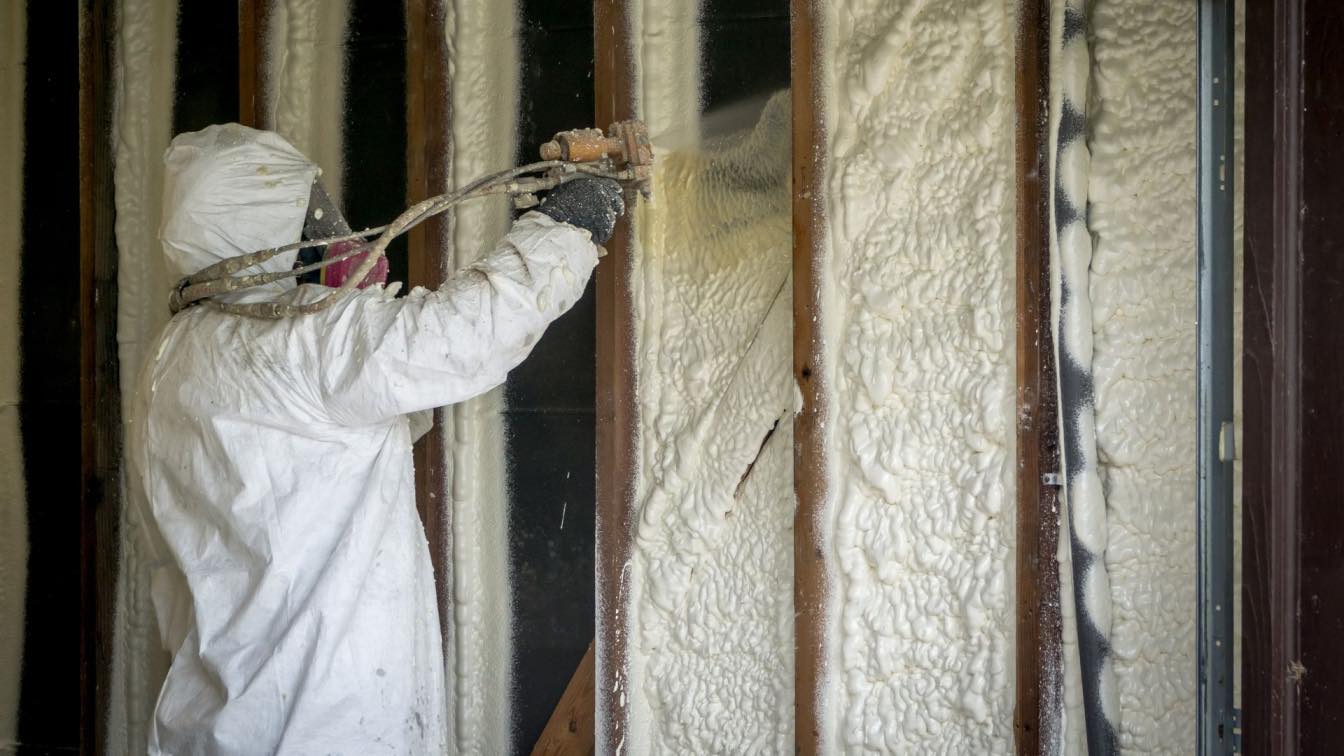
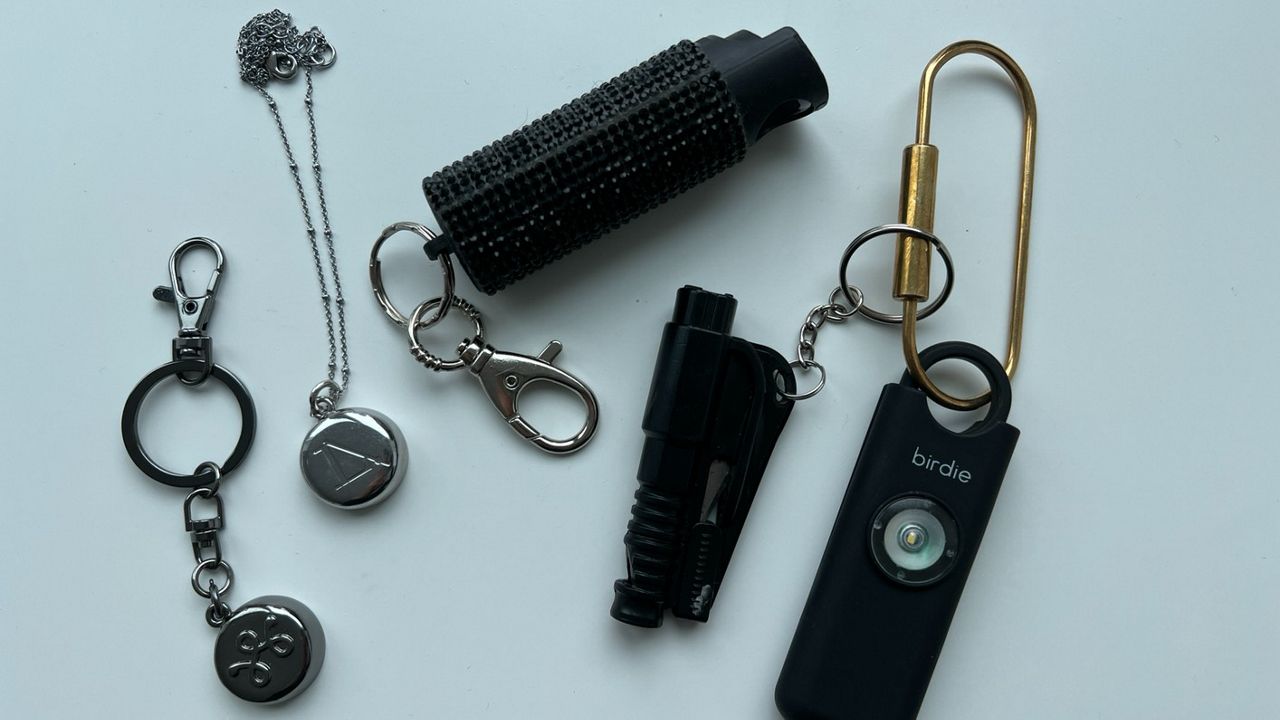
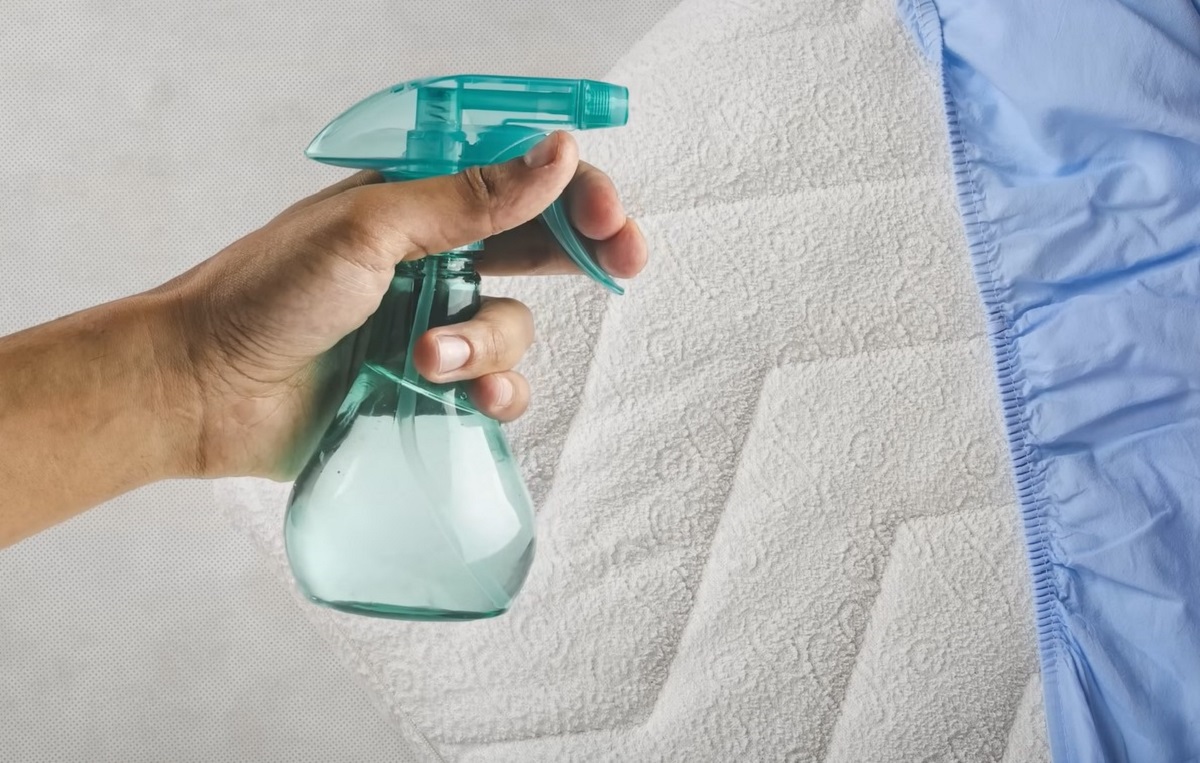
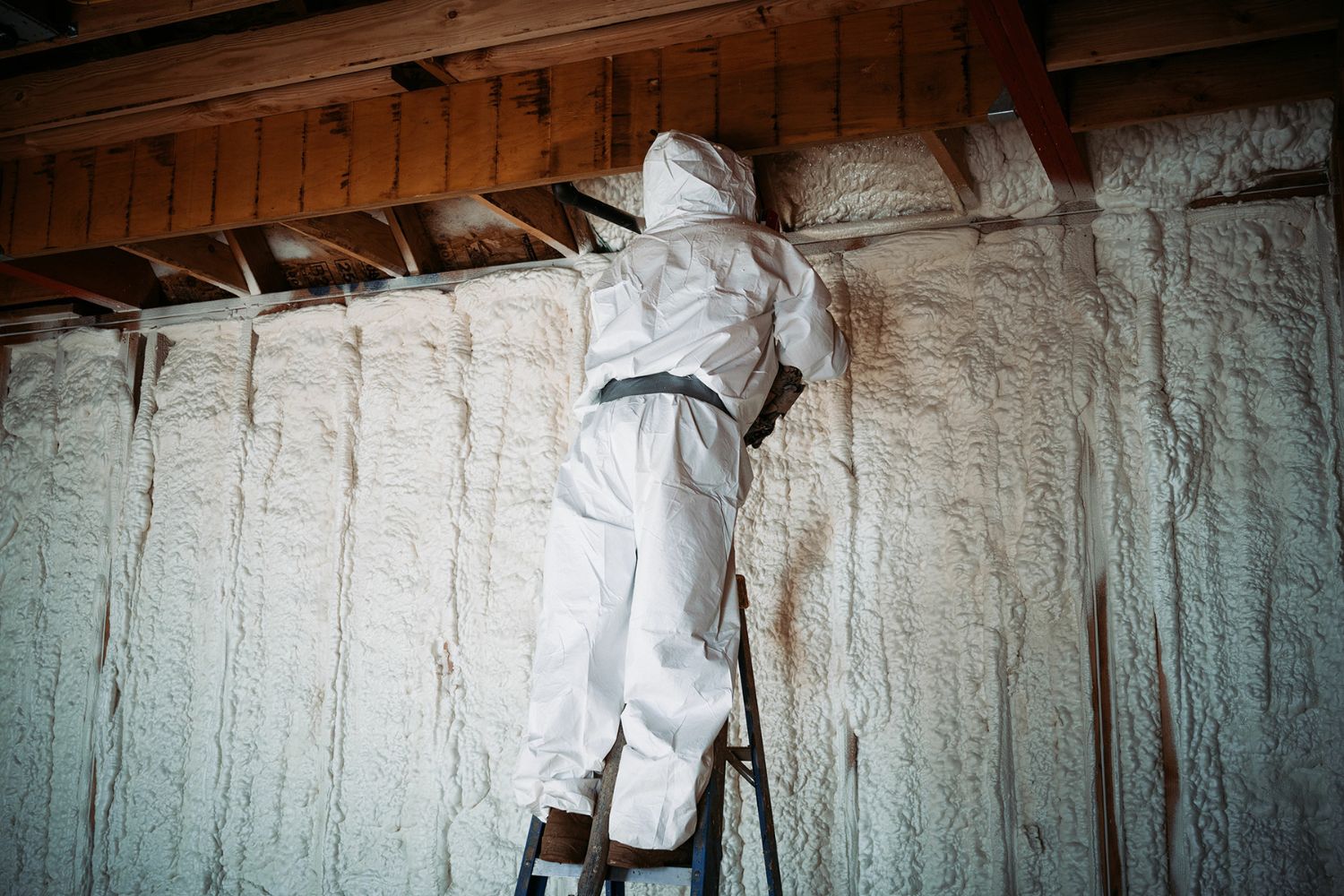
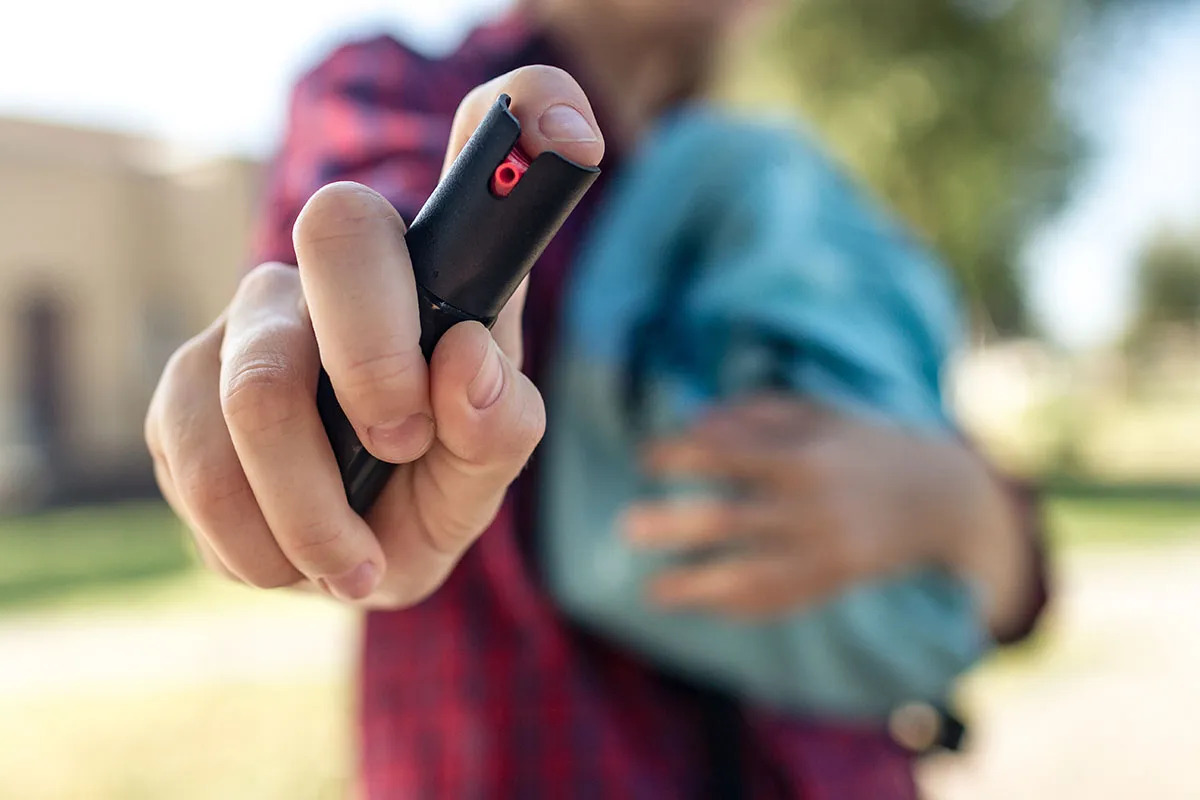
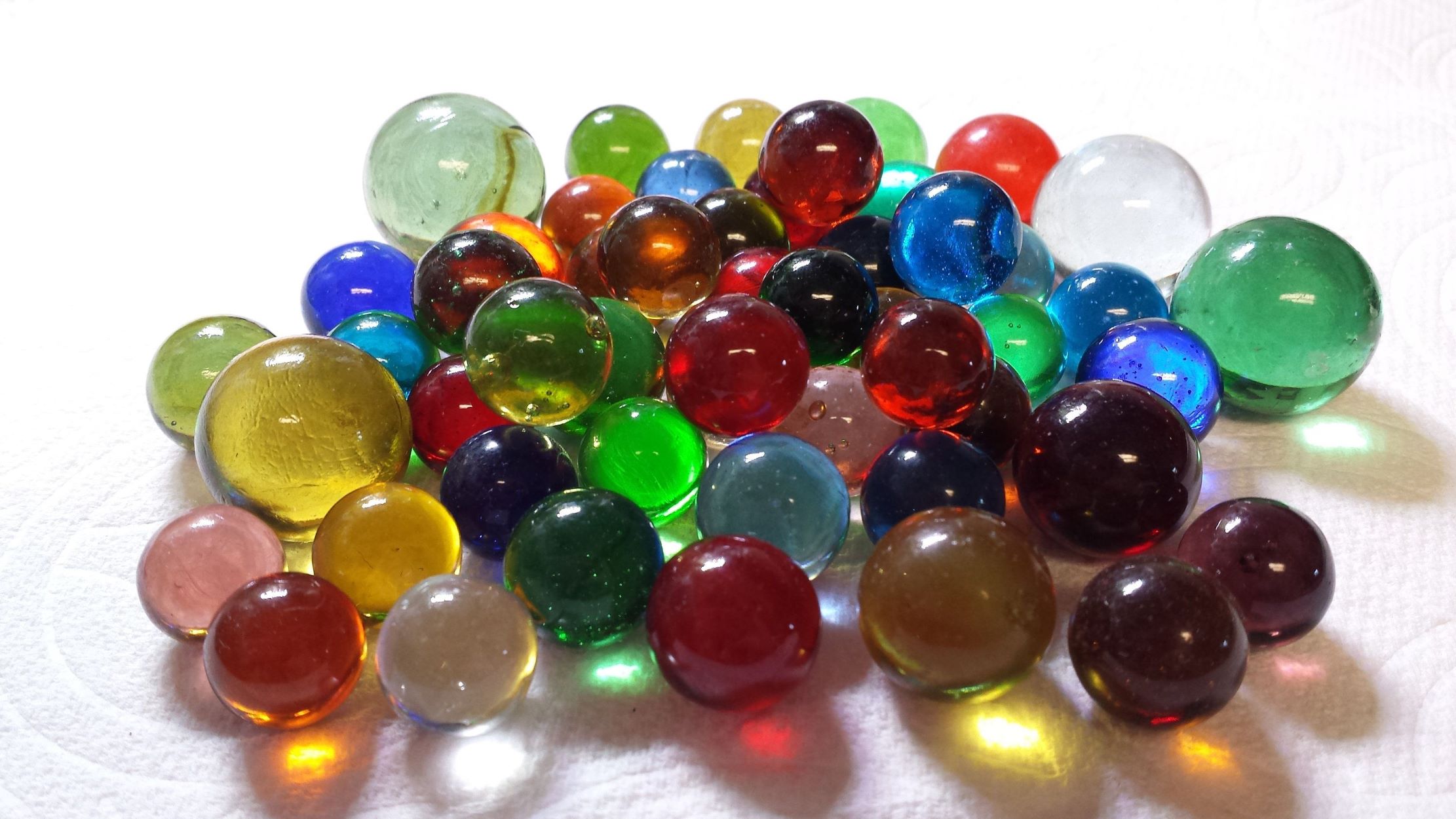
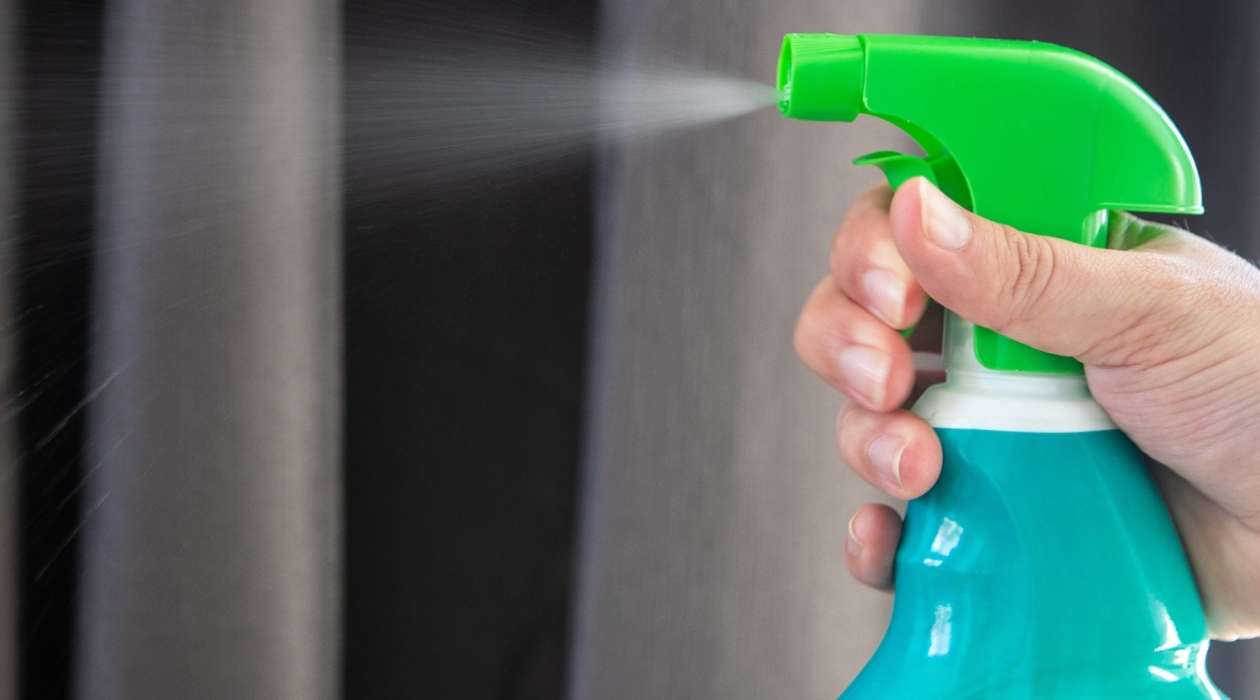
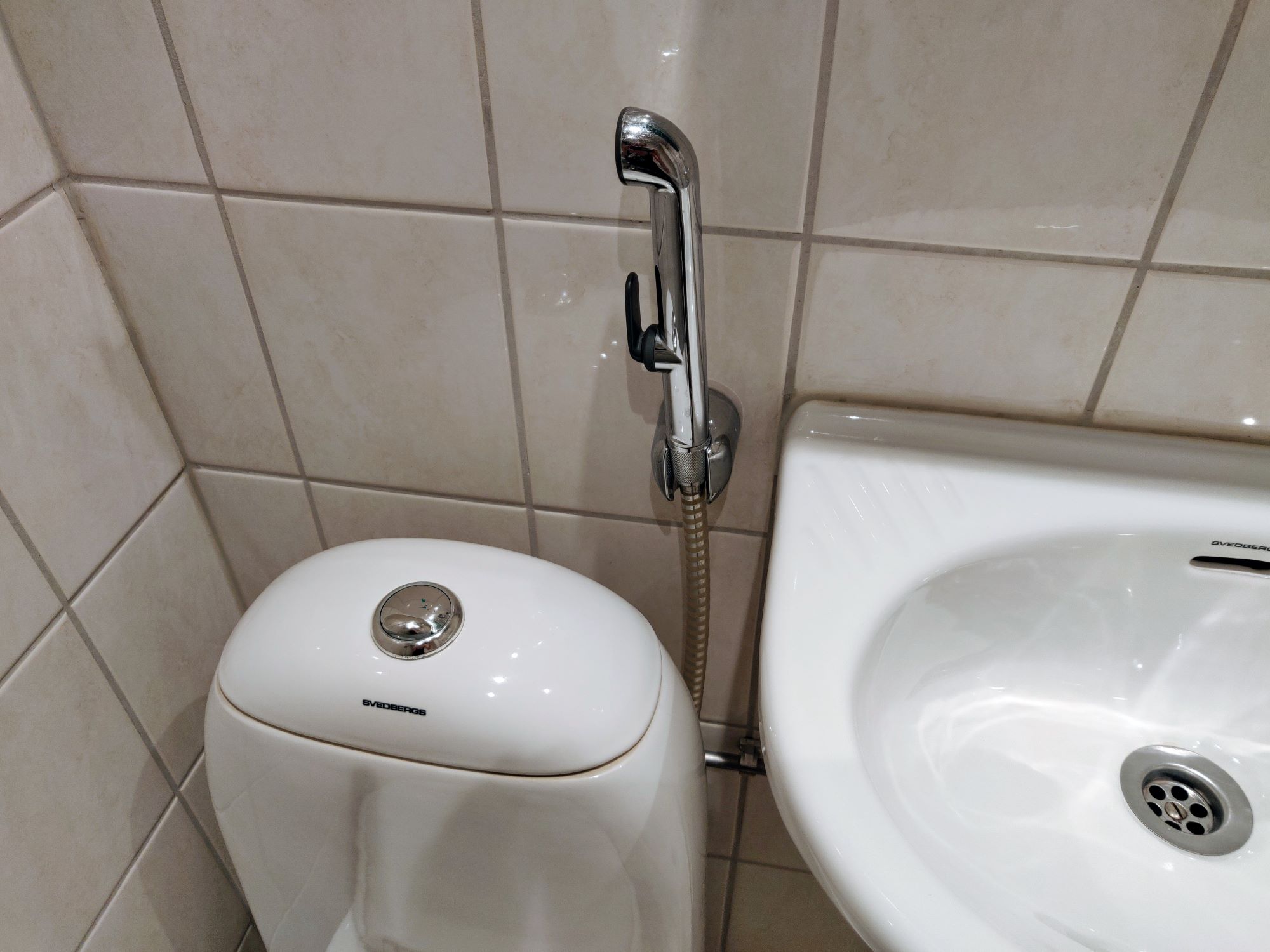



0 thoughts on “Why Is My Bidet Not Spraying”